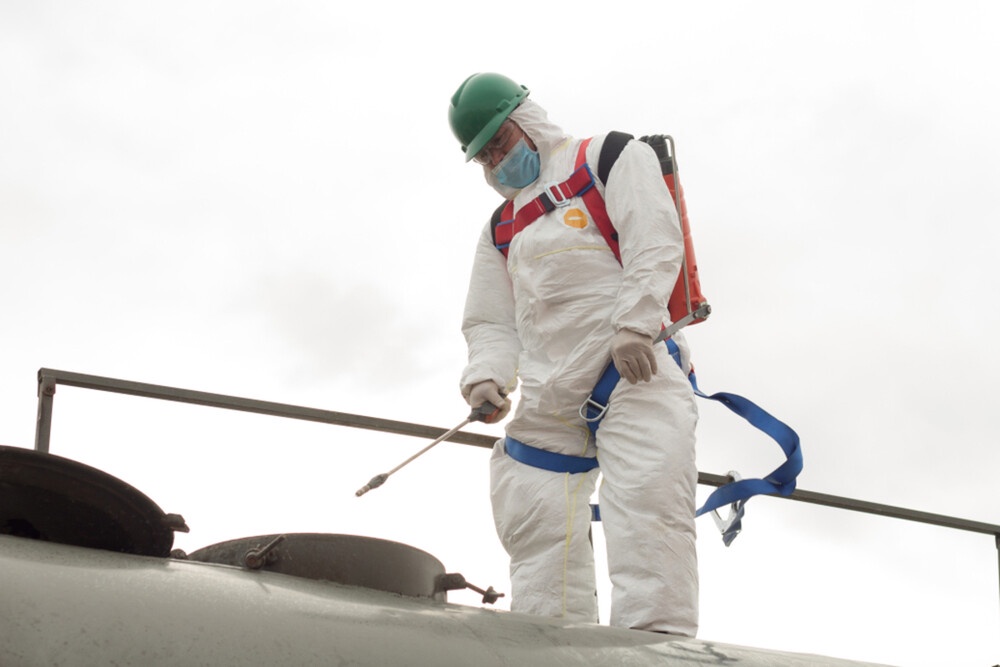When it comes to industrial operations, tank cleaning service is a crucial aspect that ensures smooth functioning and maintains safety standards. However, even seasoned professionals can make mistakes that could lead to inefficiencies or, worse, safety hazards.
In this blog, we'll highlight six common mistakes to avoid in tank cleaning service processes to streamline operations and enhance safety.
1. Neglecting Proper Planning Before Tank Cleaning
One of the most common mistakes in tank cleaning is diving straight into the process without thorough planning. Rushing into tank cleaning can lead to inefficiencies and oversights that might compromise the effectiveness of the cleaning process.
Before starting, it's essential to assess the type of tank, the substances it previously contained, and the appropriate cleaning methods and equipment needed. Proper planning ensures that tank cleaning is carried out efficiently and safely.
2. Inadequate Safety Measures During Tank Cleaning
Safety should always be the top priority when it comes to tank cleaning. Neglecting safety measures can result in accidents or exposure to harmful substances. It's crucial to provide adequate training to personnel involved in tank cleaning and ensure they understand the risks associated with the process.
Additionally, using appropriate personal protective equipment (PPE) and implementing safety protocols can minimise the chances of accidents and ensure a safe tank cleaning operation.
3. Using Incorrect Cleaning Agents and Techniques
Using the wrong cleaning agents or techniques can be detrimental to the tank cleaning service process. Different tanks may require specific cleaning agents based on the substances they previously contained and the materials of the tank itself.
Using harsh chemicals or abrasive cleaning methods can damage the tank's surface or leave behind residues that could contaminate future contents. It's essential to use the appropriate cleaning agents and techniques tailored to the specific requirements of each tank cleaning job.
4. Lack of Regular Maintenance Between Tank Cleaning Sessions
Tank cleaning is not a one-time task; it requires regular maintenance to ensure optimal performance and longevity of the equipment. Neglecting maintenance between tank cleaning sessions can lead to the buildup of residues or contaminants, reducing the effectiveness of subsequent cleanings.
Implementing a regular maintenance schedule, including inspections and minor cleanings, helps prevent issues before they escalate, reducing the frequency and intensity of tank cleaning needed.
5. Failing to Properly Dispose of Waste from Tank Cleaning
Improper disposal of waste generated during tank cleaning can have serious environmental and regulatory consequences. Some substances removed during tank cleaning may be hazardous or require special handling and disposal procedures.
Failing to adhere to proper disposal protocols can result in fines or legal repercussions. It's essential to work with certified waste management professionals to ensure that waste from tank cleaning is properly handled, treated, and disposed of in compliance with regulations.
6. Not Documenting Tank Cleaning Procedures and Results
Documentation is often overlooked but is crucial for maintaining accountability and compliance in tank cleaning operations. Failing to document tank cleaning procedures and results can make it challenging to track maintenance history, identify trends, or demonstrate compliance with regulatory requirements.
Implementing a robust documentation system that records tank cleaning procedures, dates, personnel involved, and results ensures transparency and accountability, facilitating smoother operations and regulatory compliance.
Final Thoughts
Tank cleaning is a critical aspect of industrial operations that requires careful planning, adherence to safety protocols, and attention to detail. By avoiding these common mistakes and implementing best practices, organisations can optimise tank cleaning processes, enhance safety, and ensure regulatory compliance.
Remember, investing in proper tank cleaning procedures pays off in the long run by minimising downtime, extending equipment life, and safeguarding the environment.
Source: https://fbttranswest.blogspot.com/2024/05/6-common-mistakes-to-avoid-in-tank.html


No comments yet